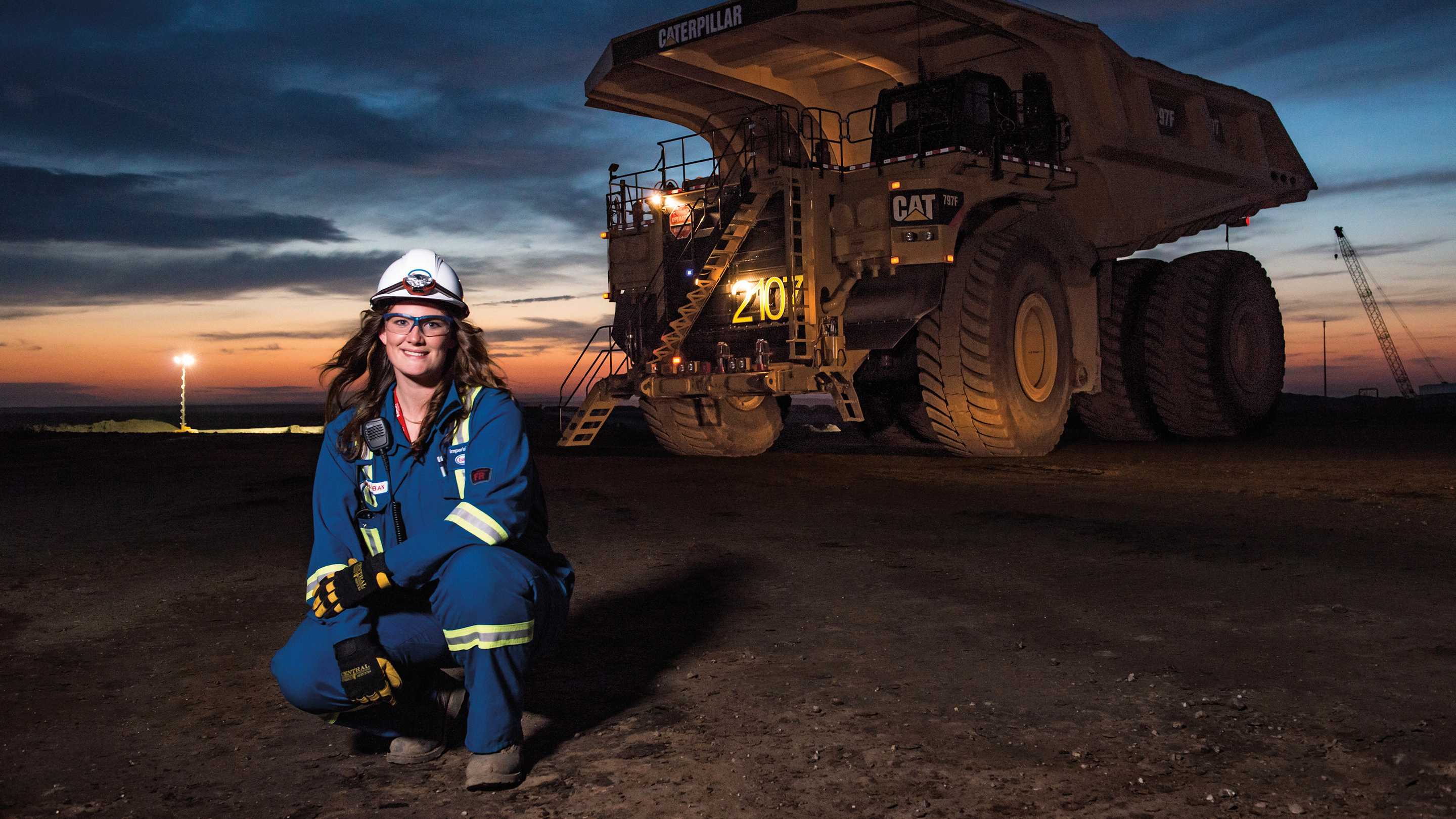Canadian oil sands: a source of secure, accessible and affordable energy
In this article
Canada’s oil sands
Oil sands are a naturally occurring mixture of heavy oil — called bitumen — water and sand. Producers use mining or in-situ extraction methods to recover bitumen, depending on the depth of the reserves. For in-situ recovery, producers inject steam into underground reservoirs that contain bitumen. The steam heats the bitumen and reduces its intensity, enabling it to flow and be produced. About 80 percent of Canada’s oil sands reserves are recoverable using in-situ techniques. The remaining 20 percent are shallow enough to be recovered through mining operations. The footprint of these operations is considerable, requiring careful environmental planning and management.
Oil will remain the world’s largest energy source in 2040, meeting about one-third of demand. Nearly 95 percent of current transportation energy needs are met by oil, and global energy demand for transportation is projected to increase by about 30 percent by 2040.
Canada’s oil sands represent a tremendous source of secure, accessible and affordable energy to help strengthen global energy security.
The availability of such a resource, co-located with North American markets, is even more attractive today for two reasons. First, many conventional onshore oil fields are maturing; meeting rising energy demand requires new production from less traditional resources, like oil sands. Second, most of the world’s remaining reserves are owned or controlled by national governments. Canada’s oil sands constitute a considerable percentage of the total global oil reserves accessible for private sector investment.
For more than 60 years, Canada’s energy sector has provided a reliable supply of affordable energy to U.S. and Canadian markets, as well as jobs, tax revenue and royalties, and ever-evolving technological innovation that serves as an engine for economic growth on both sides of the border.
Even with increased domestic oil production, the United States will continue to rely on oil imported from Canada to meet growing energy demand. Canada's oil sands are the largest source of foreign oil imported by the United States. Asia and Europe are also potentially growing markets as their needs increase.
Responsible development
ExxonMobil and its Canadian affiliate Imperial understand there is concern among a range of stakeholders regarding the development of oil sands. Innovation in oil sands technology underpins our ability to continue to develop this resource safely and responsibly.
ExxonMobil and Imperial are developing and deploying incremental and game-changing technologies to improve efficiency and reduce environmental impacts at our oil sands facilities. Next-technologies will enable ExxonMobil to produce Canada’s oil sands with about the same life-cycle GHG emissions levels as many other crude oils refined in the United States.
ExxonMobil and Imperial are committed to operating in a way that protects the environment, complies fully with all laws and regulations and takes into account the economic and social needs of the communities where we operate. Our environmental policy commits us to designing, operating and managing our facilities with the goal of preventing incidents and reducing adverse impacts.
ExxonMobil and Imperial recognize that with this opportunity comes significant responsibility — to maintain the strong balance between development and protection of the environment. And the keys to maintaining that balance are innovation and technology.

Industry innovation and efficient next-generation technologies
Next-generation technologies are improving oil sands production efficiency, which reduces both the environmental impact and cost often associated with production. To date, Canada’s Oil Sands Innovation Alliance (COSIA) member companies have shared more than 936 distinct technologies and innovations that cost more than $1.33 billion (CDN) to develop. These numbers are increasing as the alliance matures and expands.
ExxonMobil and Imperial are leaders in the development of emerging technologies that are improving the efficiency of oil sands production and minimizing environmental impacts.
Our Kearl operation, for example, using advanced mining techniques, energy-saving cogeneration and producing diluted bitumen without an upgrader, will result in about the same life-cycle greenhouse gas (GHG) emissions as many other oils refined in the United States.
The use of solvent-assisted steam assisted gravity drainage (SA-SAGD) at our Aspen in-situ oil sands project will result in about a 25-percent reduction in GHG intensity through lower energy utilization, compared to traditional SAGD production, as well as reduced water requirements — while resulting in a 25-40 percent improvement in production yield.
ExxonMobil and Imperial are committed to further advances in technology.
Related content
Energizing Guyana's tomorrow
Key takeaways:
- Our operations in Guyana are helping to supply the world’s energy needs by producing more than 600,000 barrels of oil a day.
- The Gas-to-Energy project is expected to greatly improve the quality of life for the people of Guyana.
2 min read
• March 19, 2024Reaching for the sky
- Working to achieve net-zero Scope 1 and 2 emissions from our unconventional operations in the Permian Basin by 2030
- Launching advanced technology that can detect methane emissions over a vast area
- Expected to be one of the Permian’s most robust, scalable, continuous methane monitoring programs

Exploring the Land of Enchantment
- 350 ExxonMobil Employees & Contractors
- $1.3M invested in community giving in 2022
- 75% reduction in Permian Basin flaring between 2019 and 2021
- Nearly 274,000 Oil Equivalent Barrels produced every day
Diversity of supply - your key to energy security
- A diversified energy portfolio is essential to ensuring energy security.
- Diversity of sources and supplies offers insurance against supply disruptions and other hazards.
- Asia's recent embrace of LNG provides a security roadmap other regions should follow.